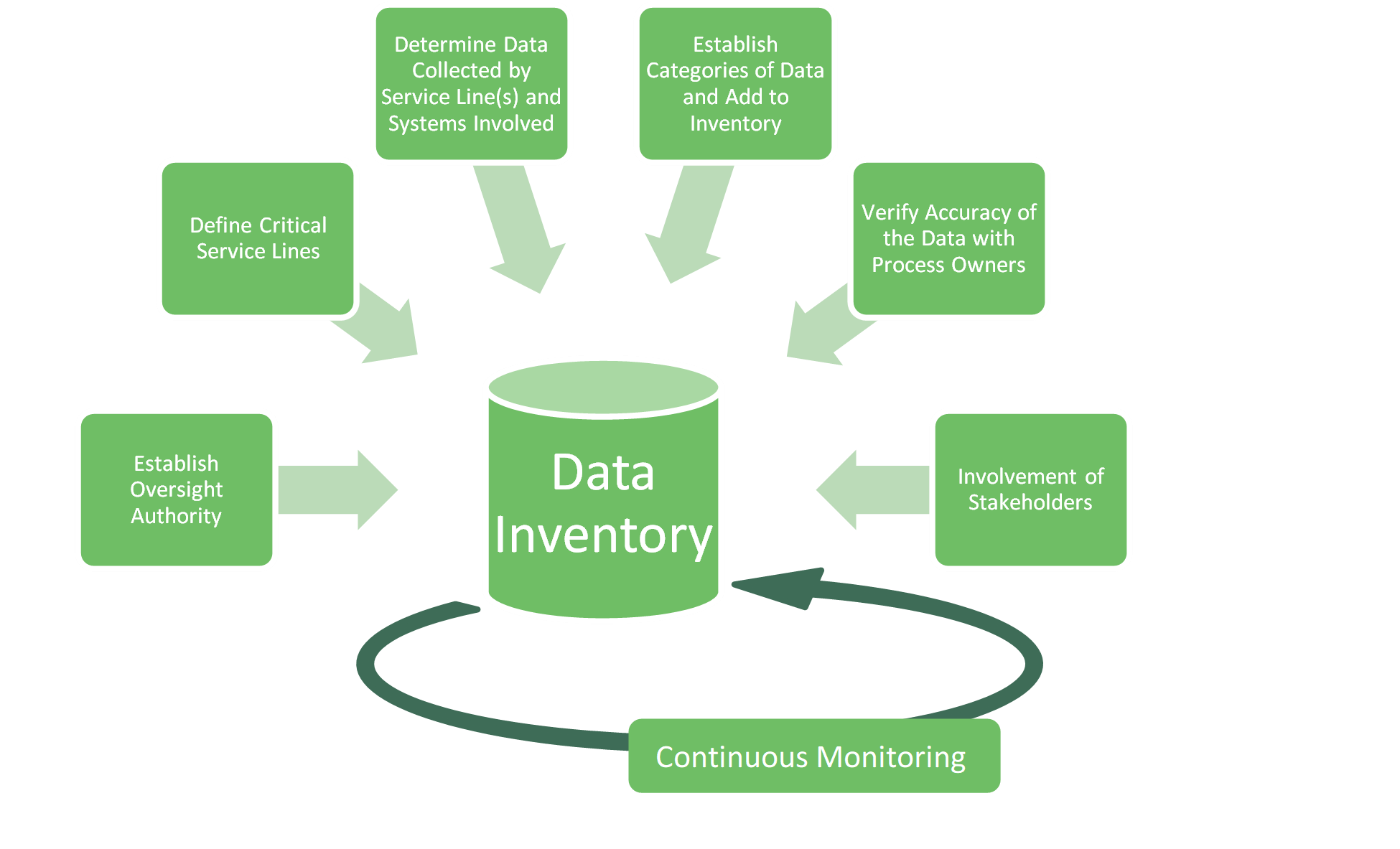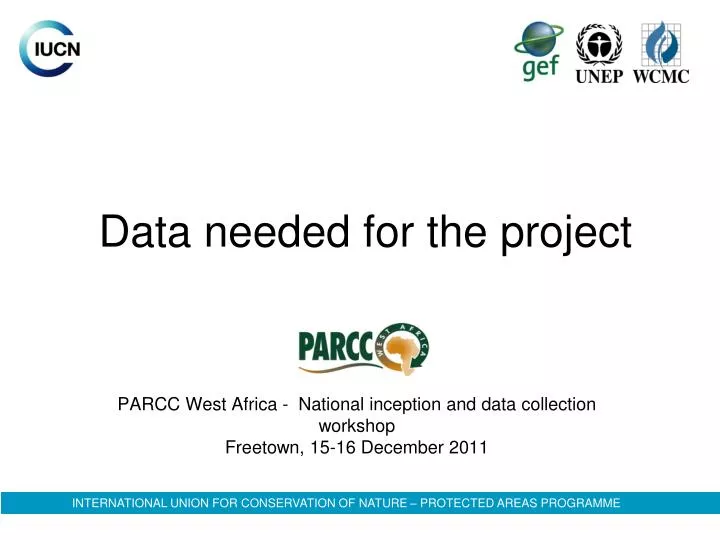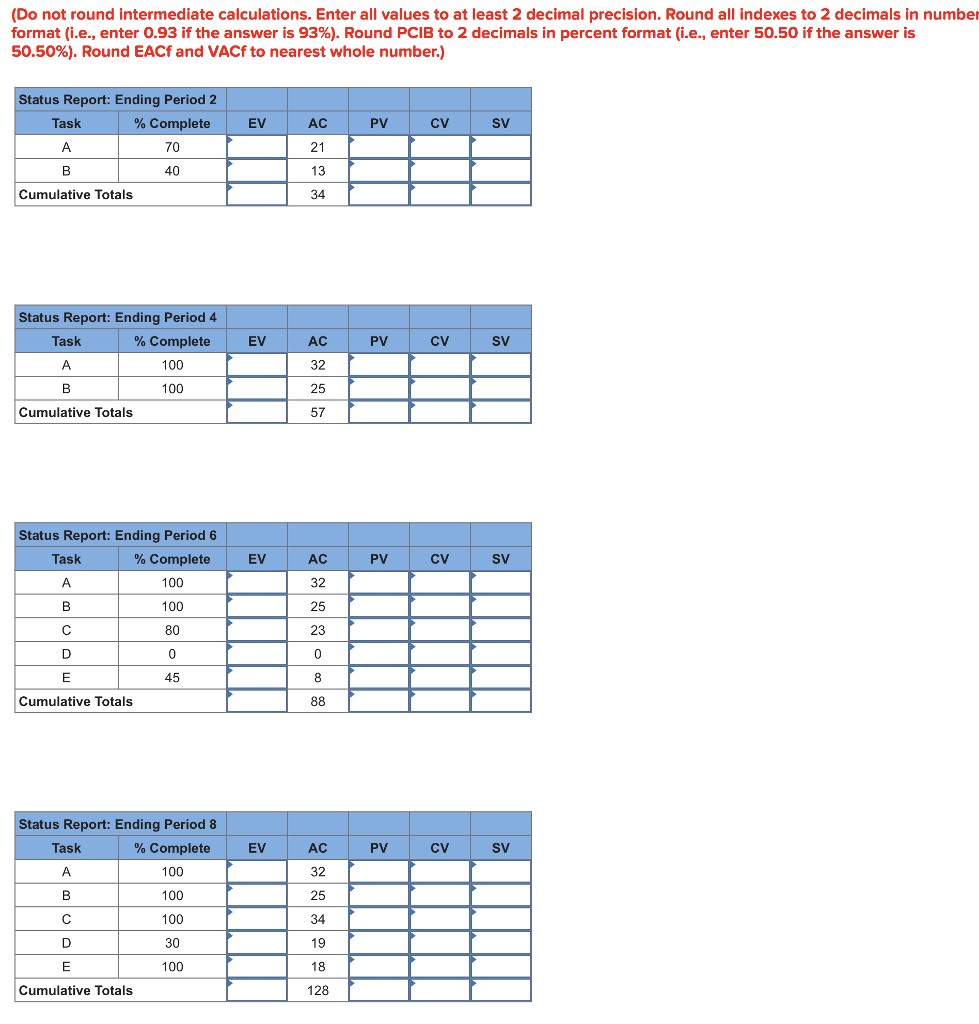Information To Develop A Project Network Is Collected From The
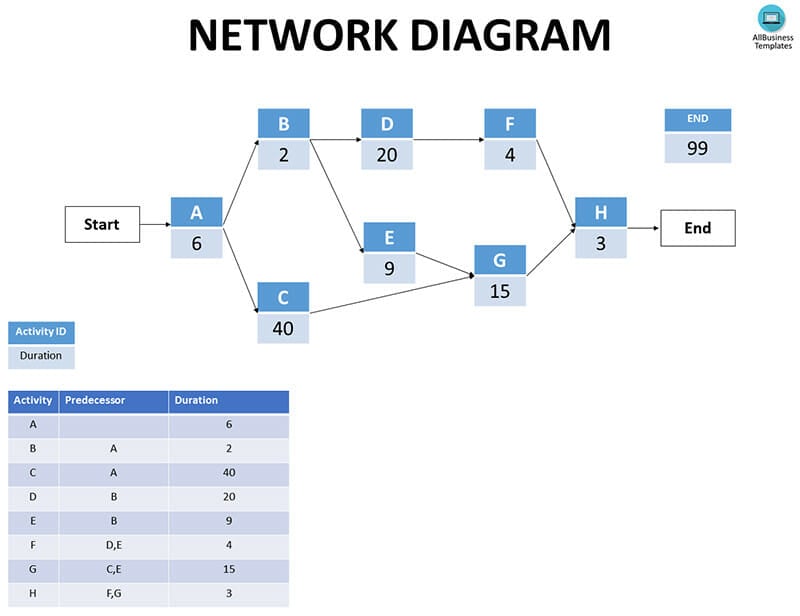
Imagine a bustling construction site, a symphony of coordinated movements: cranes lifting steel beams, workers meticulously laying bricks, and engineers poring over blueprints. Behind this organized chaos lies a carefully crafted plan, a network of interconnected activities that transforms a vision into reality. The information fueling this intricate network comes from various sources, each playing a vital role in ensuring the project's successful completion.
At the heart of any successful project, from building a bridge to launching a new software application, lies a detailed project network. This network, a visual representation of the project's tasks, dependencies, and timelines, is built upon a foundation of diligently collected information. Understanding where this information comes from and how it is used is crucial for project managers and stakeholders alike, ensuring projects are completed efficiently and effectively.
Understanding Project Networks: A Foundation for Success
A project network, often depicted as a diagram or chart, outlines the sequence of activities required to complete a project. It illustrates the relationships between tasks, showing which activities must be completed before others can begin. The network serves as a roadmap, guiding the project team and providing a clear understanding of the project's scope and timeline.
Without a well-defined project network, projects can quickly descend into disarray, leading to delays, cost overruns, and ultimately, project failure. The information needed to develop this network comes from many different sources, each contributing to the project's overall success.
Sources of Information for Project Network Development
One of the primary sources of information is the project charter. This document, often considered the project's birth certificate, formally authorizes the project and provides high-level information, including project objectives, scope, and key stakeholders.
The project charter serves as a starting point, guiding the initial development of the project network. It helps to define the project's boundaries and identify the main deliverables that must be achieved.
The statement of work (SOW) provides a detailed description of the project's objectives, deliverables, and requirements. It elaborates on the project charter, offering a more granular view of the work that needs to be done.
The SOW helps to break down the project into smaller, more manageable tasks. This information is then used to create the work breakdown structure (WBS), a hierarchical decomposition of the project's deliverables.
The work breakdown structure (WBS) is a critical input for developing the project network. It breaks down the project into smaller, more manageable tasks, each representing a specific piece of work that needs to be completed.
Each task in the WBS is then analyzed to determine its duration, resource requirements, and dependencies on other tasks. This information is crucial for creating a realistic and accurate project network.
Expert judgment plays a significant role in developing the project network. Individuals with relevant experience and expertise can provide valuable insights into the project's tasks, dependencies, and potential challenges.
This expert judgment can come from various sources, including project managers, subject matter experts, and even stakeholders with experience in similar projects. Their input helps to refine the project plan and ensure that all critical factors are considered.
Historical data from past projects can also provide valuable insights for developing the project network. Analyzing data from similar projects can help to estimate task durations, identify potential risks, and avoid repeating past mistakes.
Companies often maintain databases of historical project data, which can be used to improve the accuracy and reliability of project planning. This data can also be used to develop templates and best practices for future projects.
Stakeholder consultations are essential for gathering information and ensuring that the project network reflects the needs and expectations of all stakeholders. Engaging with stakeholders early in the project planning process can help to identify potential issues and gain buy-in for the project plan.
Stakeholders can provide valuable insights into the project's requirements, constraints, and potential risks. Their input can help to refine the project network and ensure that it aligns with the overall goals of the organization.
Using Information to Build the Project Network
Once the information is gathered, it is used to create the project network diagram. There are several different methods for creating a project network diagram, including activity-on-node (AON) and activity-on-arrow (AOA).
The AON method, which is the most commonly used, represents each activity as a node on the diagram. Arrows connect the nodes, indicating the dependencies between activities. The AOA method, on the other hand, represents each activity as an arrow, with nodes representing the start and end points of the activities.
The project network diagram is then used to perform critical path analysis, which identifies the sequence of activities that determines the shortest possible project duration. The critical path is the longest path through the network, and any delays on activities along this path will directly impact the project's completion date.
By identifying the critical path, project managers can focus their attention on the activities that have the greatest impact on the project's schedule. This allows them to prioritize resources and take proactive steps to mitigate potential delays.
The project network is not a static document; it is continuously updated and refined as the project progresses. As new information becomes available, the network is adjusted to reflect the current status of the project and any changes to the project's scope or requirements.
This ongoing monitoring and control is essential for ensuring that the project stays on track and that any potential issues are addressed promptly. Regular communication with stakeholders is also crucial for keeping everyone informed of the project's progress and any changes to the project plan.
The Importance of Accurate Information
The accuracy of the information used to develop the project network is paramount. Inaccurate or incomplete information can lead to unrealistic schedules, missed deadlines, and ultimately, project failure.
Therefore, it is essential to carefully validate all information before it is incorporated into the project network. This may involve verifying data with multiple sources, consulting with experts, and conducting thorough risk assessments.
Investing the time and effort to gather accurate and reliable information will pay dividends in the long run, leading to more successful and predictable project outcomes. A well-defined and accurate project network is the foundation for effective project management.
The Human Element
While data and diagrams are essential, it's important to remember the human element. Collaboration and communication are vital throughout the project network development process. Encouraging open dialogue between team members, stakeholders, and experts ensures that everyone is aligned and that potential issues are identified and addressed proactively.
Building trust and fostering a culture of shared responsibility are also crucial for creating a successful project environment. When team members feel empowered to contribute their ideas and concerns, the project network becomes a living document that reflects the collective intelligence of the entire team.
In conclusion, the information to develop a project network is collected from a variety of sources, each playing a critical role in ensuring the project's success. From the project charter and statement of work to expert judgment and historical data, each piece of information contributes to a comprehensive and accurate understanding of the project's scope, tasks, and dependencies.
By carefully gathering and validating this information, project managers can create a robust project network that serves as a roadmap for success, guiding the project team and ensuring that the project is completed on time, within budget, and to the satisfaction of all stakeholders. The project network serves as the backbone of the project.
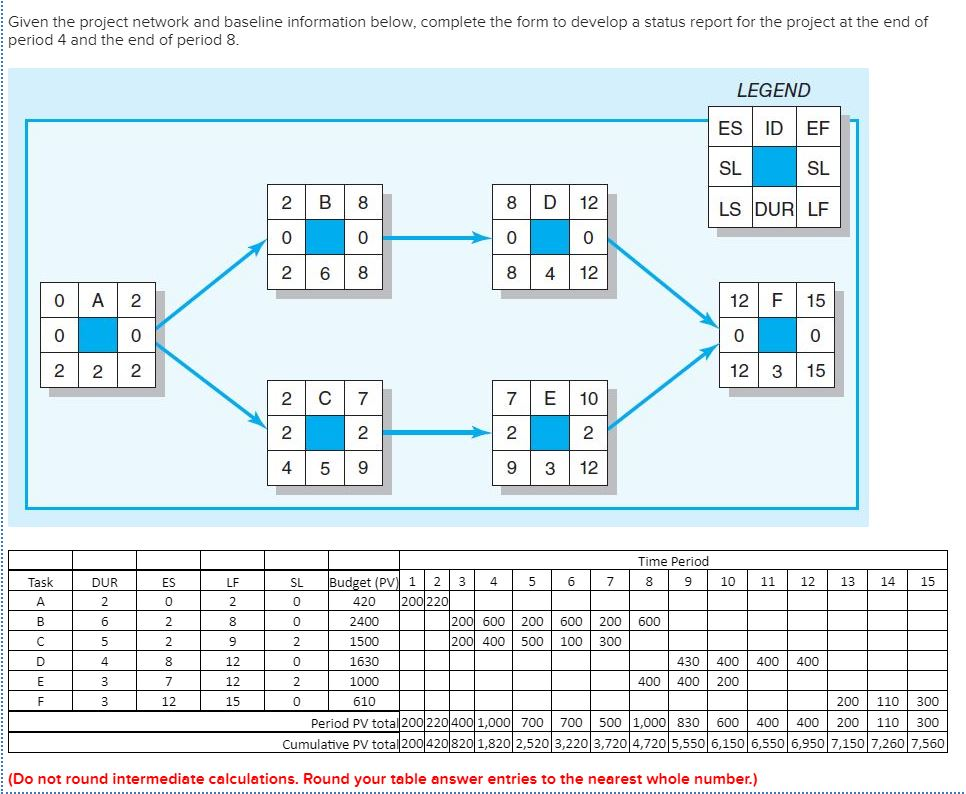







![Information To Develop A Project Network Is Collected From The Draw Project Network Diagram Excel [diagram] Microsoft Excel](https://i.ytimg.com/vi/cGclw1fgh4A/maxresdefault.jpg)

